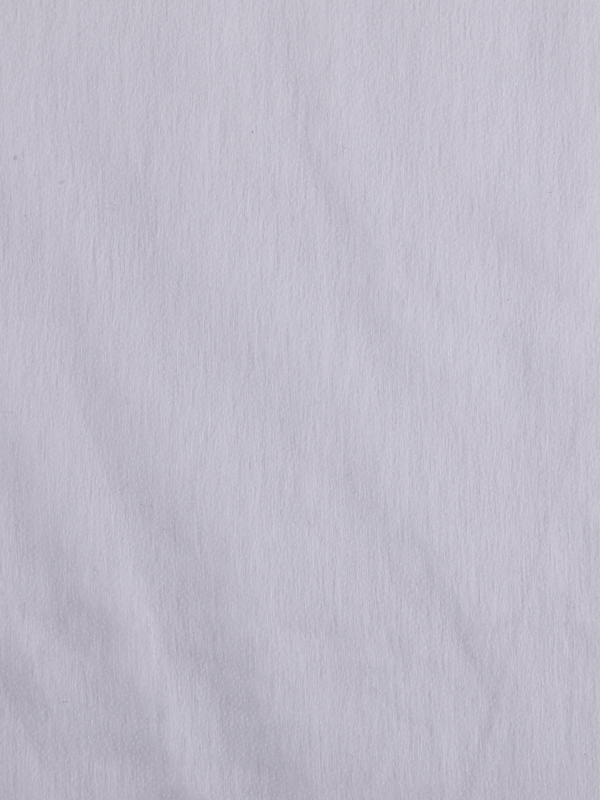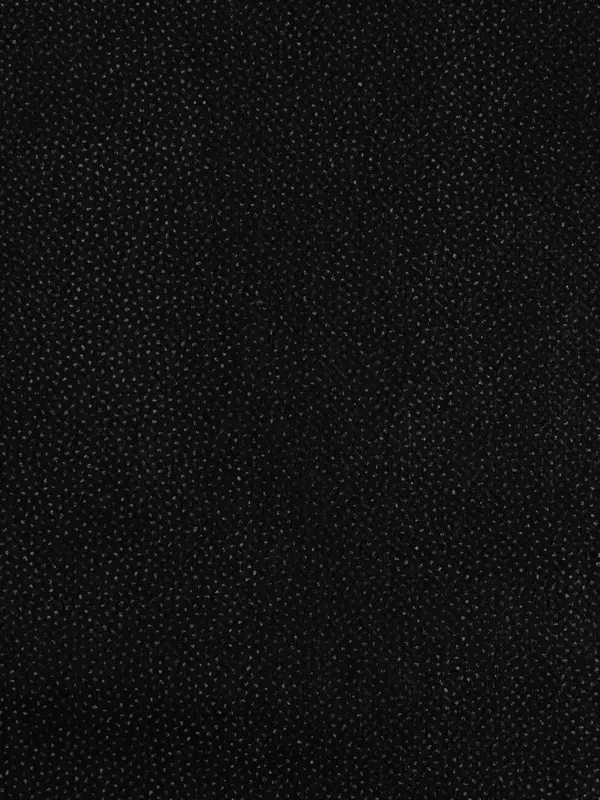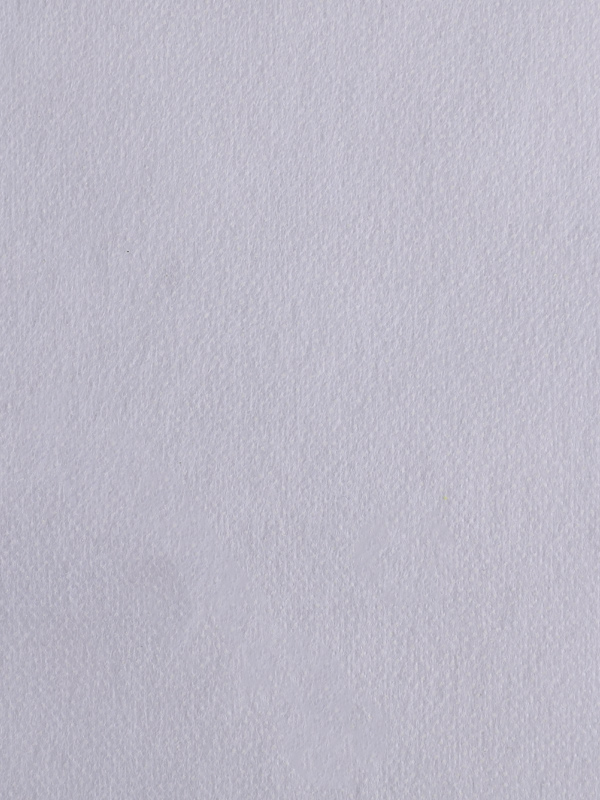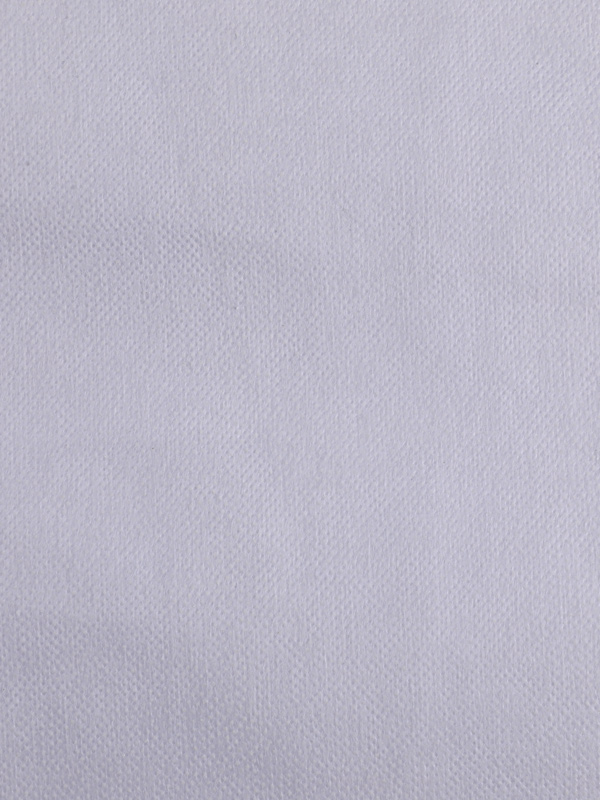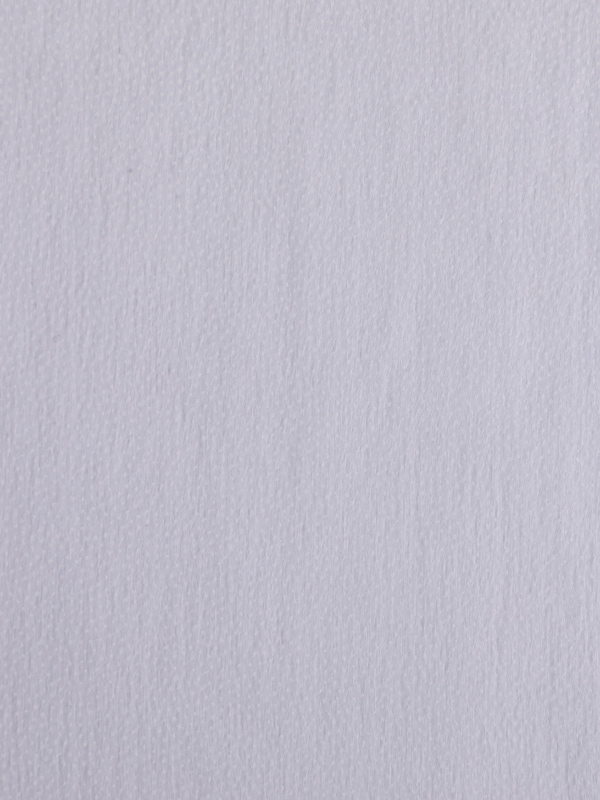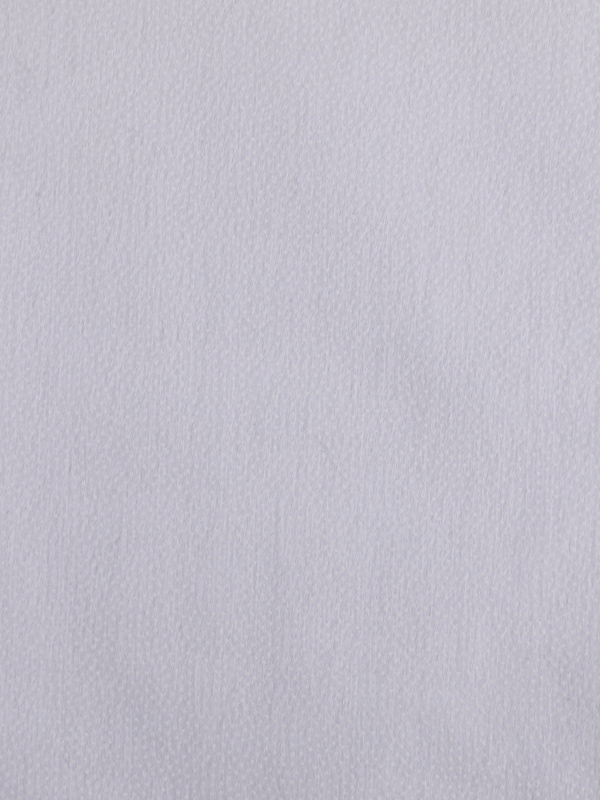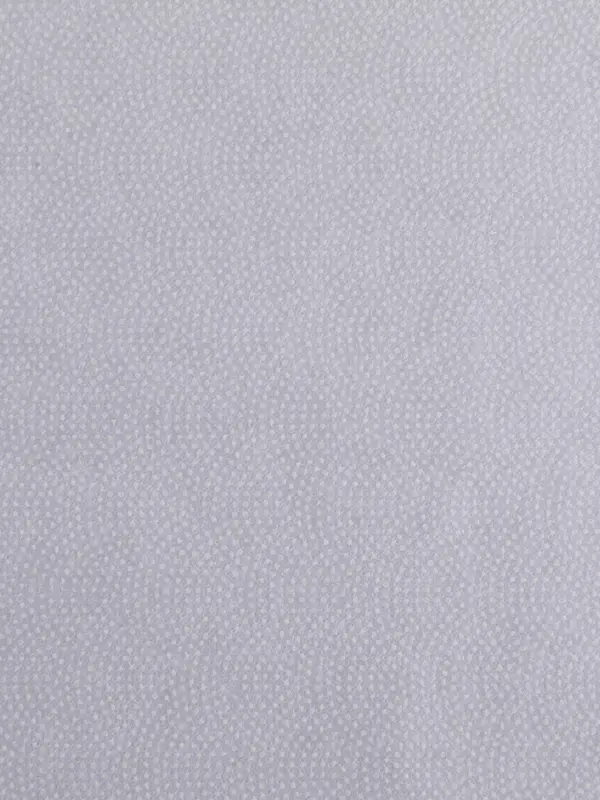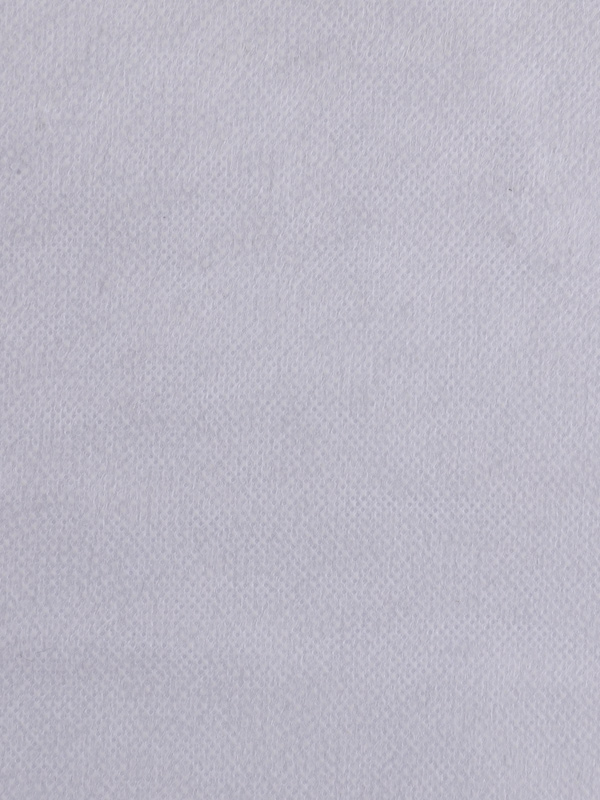Interlining materials are used in various industries, especially in textiles and apparel, to provide additional structure, support, and shape to fabrics. The main types of interlining materials are chemical bond non-woven, thermal bond non-woven, and stitch bond non-woven. Each type of interlining has unique characteristics and properties that make them suitable for different applications.

Manufacturing process: Chemical bond non-woven interlining is produced by chemically bonding fibers together. This bonding is typically achieved through the use of adhesives or bonding agents, which are activated during the manufacturing process.
Properties: Chemical bond interlining tends to have a softer hand feel compared to thermal bond interlining. It is also known for its good drapeability and excellent elasticity.
Applications: Chemical bond non-woven interlining is commonly used in lightweight fabrics and garments where softness and flexibility are required. It is often used in shirts, blouses, dresses, and other garments that need to maintain a certain level of drape and movement.
Thermal bond non-woven interlining:
Manufacturing process: Thermal bond non-woven interlining is made by thermally bonding fibers together using heat and pressure. The fibers are melted at their contact points, creating a bonded fabric.
Properties: Thermal bond interlining tends to be stiffer than chemical bond non-woven interlining. It provides good shape retention and stability to fabrics.
Applications: Thermal bond non-woven interlining is commonly used in more structured garments and fabrics, such as suits, jackets, and outerwear. It is ideal for applications where shape and support are essential.
Stitch bond non-woven interlining:
Manufacturing process: Stitch bond non-woven interlining is created by mechanically stitching together the fibers to form a bonded fabric. This process helps in strengthening the interlining.
Properties: Stitch bond interlining is relatively flexible and durable. It offers good dimensional stability and is less likely to fray at the edges due to the stitching.
Applications: Stitch bond non-woven interlining is often used in heavy and dense fabrics, upholstery, and applications where extra reinforcement is needed.
The main differences between these types of interlining materials lie in their manufacturing processes, properties, and applications. Chemical bond non-woven interlining is softer and more flexible, suitable for lightweight garments, while thermal bond non-woven interlining is stiffer and offers better shape retention, making it ideal for structured clothing. Stitch bond non-woven interlining, with its mechanical stitching, is more durable and suited for heavy fabrics and upholstery. The choice of interlining material depends on the specific requirements of the fabric or garment being used and the desired characteristics for the end product.

